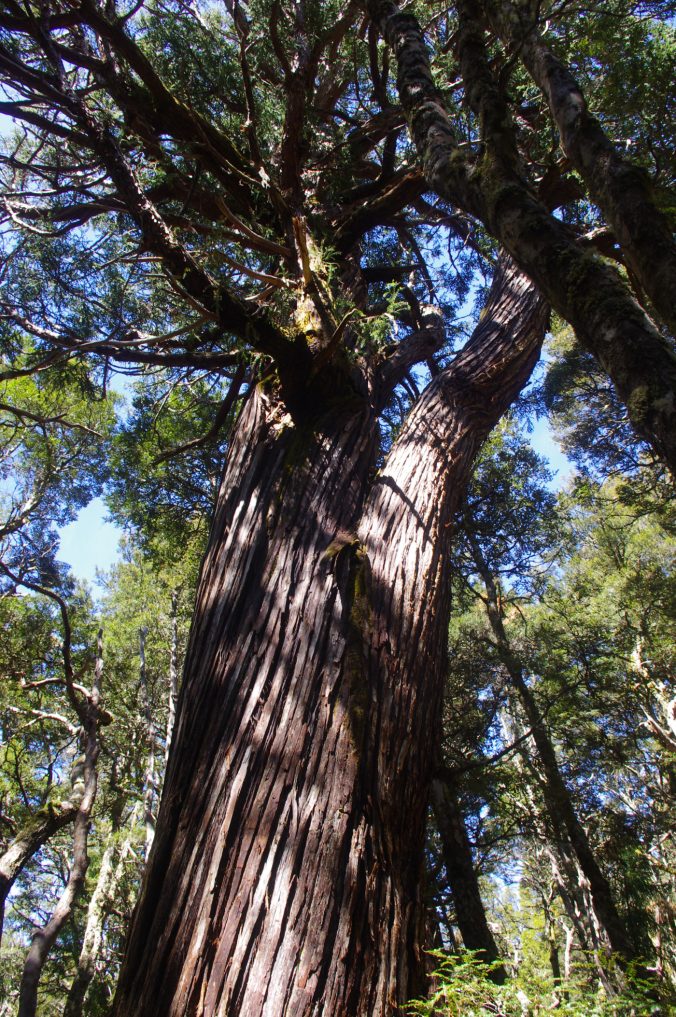A throwback to the days of Gondwanaland
I have always been intrigued by King Billy or King William pine. I haven’t seen one in the wild, so a trip to Tasmania beckons! In a country now dominated by eucalypt trees King Billy pine is a throwback to the days of Gondwanaland. Then of course species of ancient conifer trees ruled the Southern Hemisphere.
Today very few of these ancient conifers remain where they co exits only in Tasmania along with a few other Gondwanaland conifer relicts and the broadleaf Tasmanian myrtle (Nothofagus cunninghamii). Those that do have retreated to small scattered refugees in Australia and across the Pacific. New Zealand is perhaps the exception where primitive conifer species still dominated extensive areas of forest.
King Billy pine is a medium-size tree. The trunk is frequently forked often low down and butt sweep and buttresses are common. The tree is found in the western and south western Tasmania between the Arthur River in the north and Port Davey and the headquarters of the Huon River in the south up into the alpine zone where the climate is cool. Some trees are probably 2,000 years old.
King Billy pine trees are not common and grow on steep broken country, exposed ridges and on soils that are usually poor and shallow but well-drained. Trees occur in small stands or as scattered individuals.
Trees may be as tall as 40 metres and have orange-red, slightly furrowed bark, exfoliating in long soft and spongy strips. Tree crowns are very conical, foliage-bearing twigs are numerous, mostly alternate, spreading, covered with stiff, spreading leaves.
King Billy Pine has been listed as endangered under Australia’s Environment Protection and Biodiversity Conservation Act of 1999. The species does not get along well with humanity, as shown by its response to fire and climate change. It is one of the least fire-adapted conifers and tends to disappear from the landscape in areas subject to fire.
The species was named for King Billy, also known as William Lanne (c.1835-1869), commonly described as the last full-blooded male Tasmanian native although this origin is disputed.
William III of England … was “King Billy” the disrespectful Irish Catholic name for this monarch who advocated continuing Protestant ascendancy in Ireland..
“King Billy” was the disrespectful Irish Catholic name for William III of England, who did much to maintain the Protestant ascendancy in Ireland, which for a long time was the principal instrument of British oppression of Irish Catholics. So perhaps the term “King Billy”, applied to William Lanne, and simultaneously conveyed the Tasmanian colonists’ opinion at the time of both native Tasmanians and their British gaolers.
King Billy pine timber superficially resembles that of Huon pine and the two species occasionally occur together. Huon pine has one of the most superior softwood lumbers in the world – beautiful, easily worked, strong, and highly decay-resistant. A King Billy pine trees in a Huon pine forest would have been an object of contempt due to its inferior timber, and thus the name “King Billy pine” may have been applied by the loggers to convey that feeling for the tree.
